-
 Bitcoin
Bitcoin $118000
0.40% -
 Ethereum
Ethereum $4525
2.14% -
 XRP
XRP $3.111
0.18% -
 Tether USDt
Tether USDt $1.001
0.00% -
 BNB
BNB $857.7
2.51% -
 Solana
Solana $192.7
1.99% -
 USDC
USDC $0.9999
-0.01% -
 Dogecoin
Dogecoin $0.2372
2.81% -
 Cardano
Cardano $0.9621
4.53% -
 TRON
TRON $0.3550
1.92% -
 Chainlink
Chainlink $25.91
14.15% -
 Hyperliquid
Hyperliquid $46.75
0.08% -
 Stellar
Stellar $0.4288
0.33% -
 Sui
Sui $3.817
1.25% -
 Bitcoin Cash
Bitcoin Cash $585.5
-0.31% -
 Ethena USDe
Ethena USDe $1.001
0.00% -
 Hedera
Hedera $0.2545
0.88% -
 Avalanche
Avalanche $25.26
4.03% -
 Litecoin
Litecoin $121.4
0.85% -
 Toncoin
Toncoin $3.502
1.28% -
 UNUS SED LEO
UNUS SED LEO $9.588
1.89% -
 Shiba Inu
Shiba Inu $0.00001315
1.21% -
 Uniswap
Uniswap $11.19
1.40% -
 Polkadot
Polkadot $4.099
3.12% -
 Dai
Dai $1.000
0.00% -
 Bitget Token
Bitget Token $4.694
1.31% -
 Cronos
Cronos $0.1518
0.03% -
 Monero
Monero $269.7
6.61% -
 Ethena
Ethena $0.7200
-1.56% -
 Pepe
Pepe $0.00001128
1.97%
What is the role of the token destruction mechanism? How does it promote the long-term development of the project?
Token destruction, or burning, permanently removes tokens from circulation, potentially increasing value and promoting sustainable project growth.
May 08, 2025 at 09:42 pm
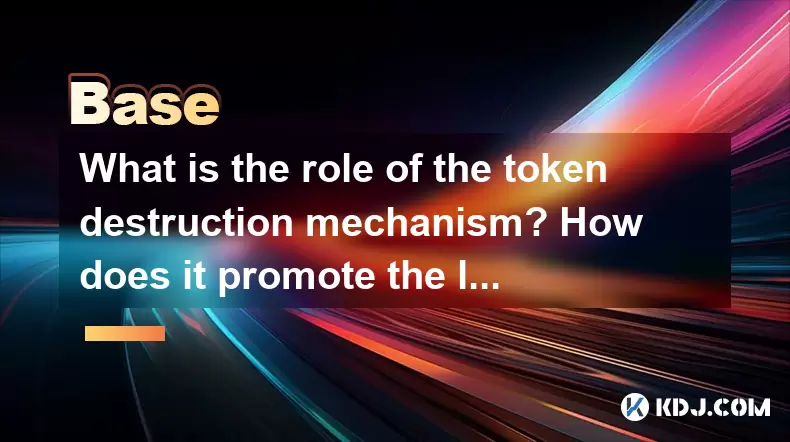
The token destruction mechanism, also known as token burning, plays a crucial role in the cryptocurrency ecosystem. It involves the permanent removal of tokens from circulation, which can have various effects on the project's economy and its long-term development. In this article, we will delve into the specifics of token destruction, its mechanisms, and how it can contribute to the sustainability and growth of a project.
What is Token Destruction?
Token destruction, or token burning, is the process by which a certain amount of tokens are intentionally removed from the total supply. This is typically done by sending the tokens to a special address from which they cannot be retrieved. The primary goal of token destruction is to reduce the overall supply of tokens, which can potentially increase the value of the remaining tokens.
There are several methods through which tokens can be destroyed. One common method is through a smart contract that automatically burns tokens based on predefined conditions, such as a percentage of transaction fees. Another method is through manual burns, where the project team or community decides to destroy a certain amount of tokens at specific intervals.
How Does Token Destruction Work?
The process of token destruction can vary depending on the blockchain and the specific project's implementation. Here is a general overview of how token destruction might work:
- Identify the tokens to be destroyed: The first step is to determine which tokens will be destroyed. This could be a fixed amount, a percentage of transaction fees, or based on other criteria set by the project.
- Send tokens to a burn address: Once the tokens are identified, they are sent to a burn address. This is a special address that is designed to be inaccessible, ensuring the tokens cannot be retrieved.
- Confirm the transaction: The transaction sending the tokens to the burn address must be confirmed on the blockchain. Once confirmed, the tokens are effectively removed from circulation.
- Update the total supply: After the tokens are burned, the total supply of the token is updated to reflect the new, lower number of tokens in circulation.
Benefits of Token Destruction
Token destruction can offer several benefits to a project and its community. Here are some of the key advantages:
- Increased Scarcity: By reducing the total supply of tokens, token destruction can increase the scarcity of the remaining tokens. This can potentially drive up demand and, consequently, the value of the tokens.
- Enhanced Token Value: As the supply of tokens decreases, the value of each token can increase if demand remains constant or grows. This can provide a positive feedback loop, where higher token values attract more investors and users.
- Incentivizing Long-term Holding: Token destruction can encourage long-term holding rather than short-term trading. If users believe that the value of their tokens will increase over time due to a reduced supply, they may be more inclined to hold onto their tokens.
- Community Engagement: Projects that implement token destruction often involve their community in the decision-making process. This can increase engagement and foster a sense of ownership among token holders.
How Token Destruction Promotes Long-term Development
Token destruction can play a significant role in promoting the long-term development of a project. Here's how:
- Sustainable Economics: By reducing the supply of tokens, token destruction can help create a more sustainable economic model. This can prevent hyperinflation and ensure that the project's token economy remains balanced over time.
- Attracting Investment: Investors are often attracted to projects with a clear and sustainable economic model. Token destruction can signal to investors that the project is committed to maintaining the value of its tokens, which can lead to increased investment.
- Encouraging Use and Adoption: If token destruction is tied to transaction volumes or other usage metrics, it can incentivize users to engage more with the project's ecosystem. This increased usage can drive further development and adoption of the project.
- Aligning Incentives: Token destruction can align the incentives of the project team, investors, and users. By reducing the supply of tokens, all stakeholders can benefit from the potential increase in token value, fostering a collaborative environment.
Examples of Token Destruction in Action
Several successful projects have implemented token destruction mechanisms to great effect. Here are a few examples:
- Binance Coin (BNB): Binance, one of the largest cryptocurrency exchanges, uses a portion of its quarterly profits to buy back and burn BNB tokens. This has helped to maintain the value of BNB and incentivize long-term holding.
- Ripple (XRP): Ripple has a unique token destruction mechanism where a small amount of XRP is destroyed with each transaction on the Ripple network. This helps to reduce the overall supply of XRP over time.
- Stellar (XLM): Stellar has implemented a token destruction mechanism where a portion of the transaction fees is burned. This helps to maintain the value of XLM and encourages network usage.
Implementing Token Destruction in Your Project
If you are considering implementing a token destruction mechanism in your project, here are some steps to follow:
- Define the Purpose: Clearly define the purpose of token destruction in your project. Is it to increase token value, incentivize usage, or something else?
- Choose the Method: Decide on the method of token destruction. Will it be automatic through a smart contract, or will it be manual and decided by the community?
- Set the Criteria: Establish the criteria for token destruction. Will it be a fixed amount, a percentage of transaction fees, or based on other metrics?
- Communicate with the Community: Engage with your community and explain the token destruction mechanism. Transparency is key to gaining trust and support.
- Monitor and Adjust: After implementing token destruction, monitor its effects and be prepared to adjust the mechanism if necessary. Feedback from the community can be invaluable in this process.
Frequently Asked Questions
Q: Can token destruction be reversed?
A: No, token destruction is designed to be irreversible. Once tokens are sent to a burn address, they cannot be retrieved, ensuring that the supply reduction is permanent.
Q: How does token destruction affect the project's governance?
A: Token destruction can influence governance by aligning the interests of token holders with the long-term success of the project. As the value of tokens potentially increases, holders may be more inclined to participate in governance decisions.
Q: Are there any risks associated with token destruction?
A: Yes, there are risks. If not implemented carefully, token destruction can lead to unintended consequences such as reduced liquidity or an over-reliance on the mechanism to drive token value. It's important to balance token destruction with other economic factors.
Q: How can token destruction be used to combat inflation?
A: Token destruction can help combat inflation by reducing the total supply of tokens. If the rate of token destruction outpaces the rate of new token issuance, it can help maintain or even increase the value of the remaining tokens, counteracting inflationary pressures.
Disclaimer:info@kdj.com
The information provided is not trading advice. kdj.com does not assume any responsibility for any investments made based on the information provided in this article. Cryptocurrencies are highly volatile and it is highly recommended that you invest with caution after thorough research!
If you believe that the content used on this website infringes your copyright, please contact us immediately (info@kdj.com) and we will delete it promptly.
- Kazakhstan's Crypto Leap: Bitcoin ETF and Central Asia's Digital Finance Future
- 2025-08-13 12:45:19
- BlockDAG Presale Blazes Past $371M: Fundraising Frenzy Fuels Crypto Sensation
- 2025-08-13 13:05:21
- Meme Coins: Chasing the 2025 Surge – Which Will Moonshot?
- 2025-08-13 10:25:23
- Bitcoin's Wild Ride: Rally, Pullback, and What's Next
- 2025-08-13 10:25:23
- Bitcoin, Bitmax, and Institutional Demand: A New Era of Crypto Investment
- 2025-08-13 10:45:12
- Solana, ROAM, and Airdrops: What's the Buzz in 2025?
- 2025-08-13 11:35:13
Related knowledge
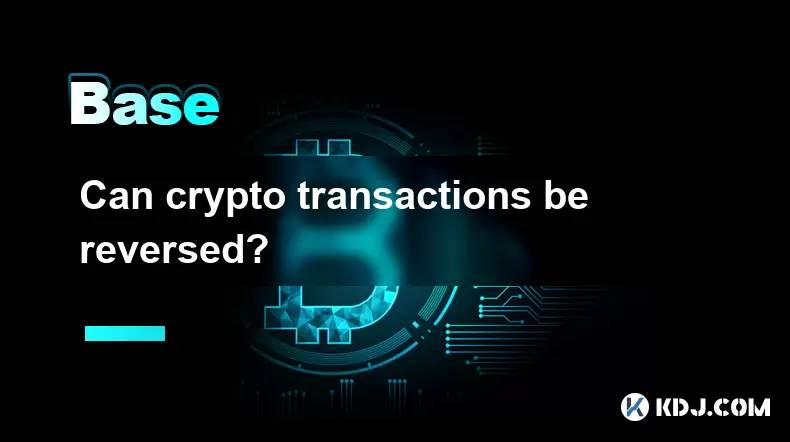
Can crypto transactions be reversed?
Aug 10,2025 at 01:35am
Understanding the Immutability of Blockchain TransactionsCryptocurrency transactions are built on blockchain technology, which is designed to be immut...
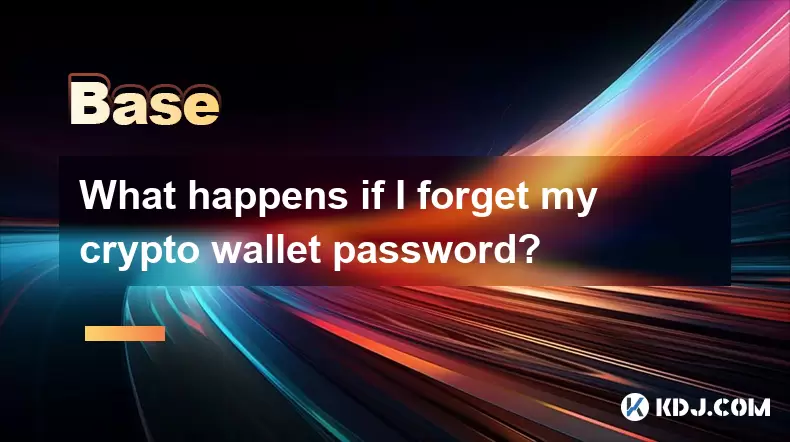
What happens if I forget my crypto wallet password?
Aug 09,2025 at 08:50am
Understanding the Role of a Crypto Wallet PasswordA crypto wallet password serves as a critical security layer that protects access to your digital as...
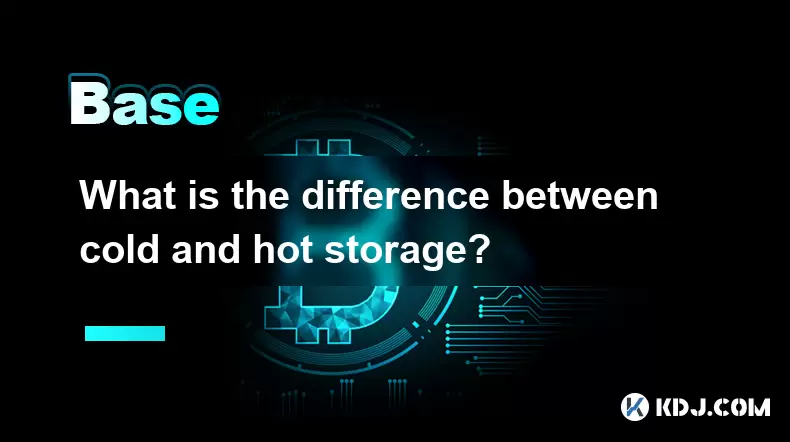
What is the difference between cold and hot storage?
Aug 12,2025 at 01:01am
Understanding Cold Storage in CryptocurrencyCold storage refers to offline methods of storing cryptocurrency private keys, ensuring they are not expos...
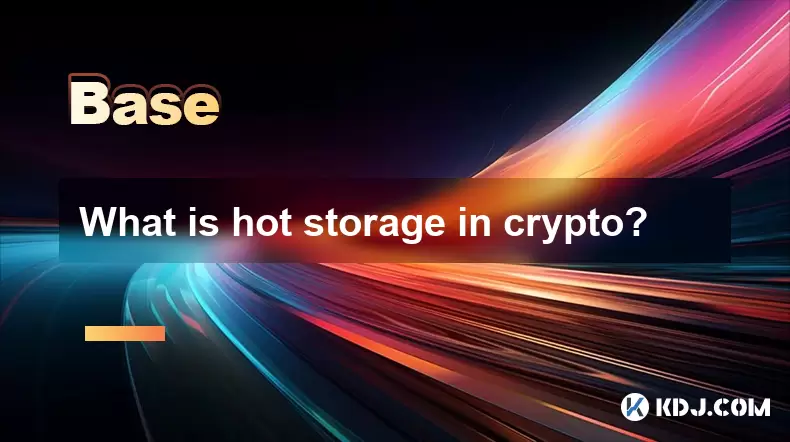
What is hot storage in crypto?
Aug 11,2025 at 07:08am
Understanding Hot Storage in CryptocurrencyHot storage refers to cryptocurrency wallets that are connected to the internet. Unlike cold storage soluti...

What is cold storage in crypto?
Aug 13,2025 at 11:35am
Understanding Cold Storage in CryptocurrencyCold storage in cryptocurrency refers to a method of storing digital assets offline, away from internet-co...
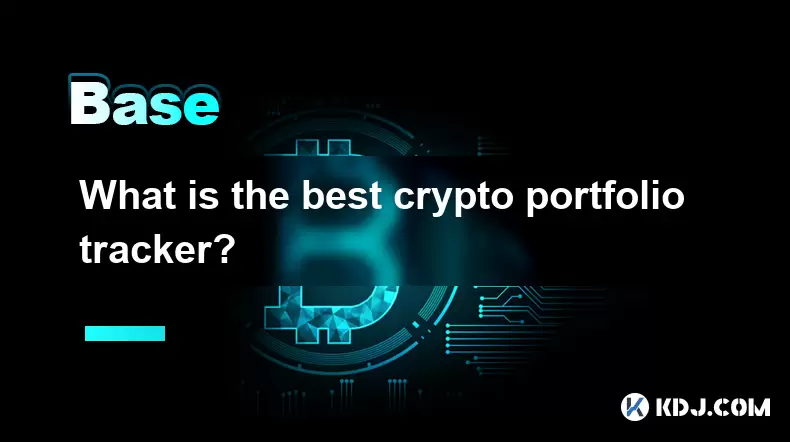
What is the best crypto portfolio tracker?
Aug 10,2025 at 05:08am
Understanding the Role of a Crypto Portfolio TrackerA crypto portfolio tracker is a digital tool designed to help investors monitor the performance of...

Can crypto transactions be reversed?
Aug 10,2025 at 01:35am
Understanding the Immutability of Blockchain TransactionsCryptocurrency transactions are built on blockchain technology, which is designed to be immut...

What happens if I forget my crypto wallet password?
Aug 09,2025 at 08:50am
Understanding the Role of a Crypto Wallet PasswordA crypto wallet password serves as a critical security layer that protects access to your digital as...

What is the difference between cold and hot storage?
Aug 12,2025 at 01:01am
Understanding Cold Storage in CryptocurrencyCold storage refers to offline methods of storing cryptocurrency private keys, ensuring they are not expos...

What is hot storage in crypto?
Aug 11,2025 at 07:08am
Understanding Hot Storage in CryptocurrencyHot storage refers to cryptocurrency wallets that are connected to the internet. Unlike cold storage soluti...

What is cold storage in crypto?
Aug 13,2025 at 11:35am
Understanding Cold Storage in CryptocurrencyCold storage in cryptocurrency refers to a method of storing digital assets offline, away from internet-co...

What is the best crypto portfolio tracker?
Aug 10,2025 at 05:08am
Understanding the Role of a Crypto Portfolio TrackerA crypto portfolio tracker is a digital tool designed to help investors monitor the performance of...
See all articles

























































































